European Commission prepared a guide that is intended to facilitate access to social finance by encouraging investors to provide suitable supply or build capacity for sound demand. While respecting the various organisational models and social missions of social enterprises, we want to see how external social finance can help implement their business models, especially as they grow, without resulting in mission drift.
Simple intuition teaches us how to invest, but we also need to learn how to take into account the special nature of social finance. Social finance is not merely the financing of enterprises and initiatives with social and environmental benefits, a service that is already provided to larger social enterprises and other third-sector organisations by mainstream financial institutions; we see it as sustainable finance by society for society. We would like to invite investors and supporters, big or small, to engage and have a stake in the impactful businesses of the future. Social finance markets have been developing dynamically in many European countries, resulting in innovation and experimentation. Ingredients from third sector finance, as well as from classical mainstream finance and public sources, have been adapted to design financing products that seek to meet the needs of social enterprises. Some markets are very advanced; others are waiting to see the birth of the first loan fund or impact-oriented investment; others are still waiting for the pioneers that will set them up. There have been numerous projects on the demand side as well, set up with the aim of generating a constant flow of quality social enterprises that are ready for investment. Many experiments have been documented, and some authors have shared their recommendations with the next generation. While we cannot describe all experiments in detail here, we would like to guide current and future actors through the thinking and decision-making process to help them to take and mix the ingredients, to ultimately ensure that the outcome meets the demand by their customers.
Designed for practitioners such as social enterprises, investors, social finance intermediaries, market builders and social enterprise support organisations, this publication will guide you step by step through the process of designing and implementing initiatives to develop social finance instruments and markets. You will discover that there is no tried-and-tested formula or recipe and that there are challenges at whatever level you operate. This practical guide provides good examples and practices that you can learn from and adapt to help you avoid possible pitfalls. Checklists and key questions at the end of each chapter will help you summarise what you have learned and move to the next step.
Read more about the EC’s support for social entrepreneurs here: https://ec.europa.eu/social/main.jsp?catId=952&intPageId=2914&langId=en
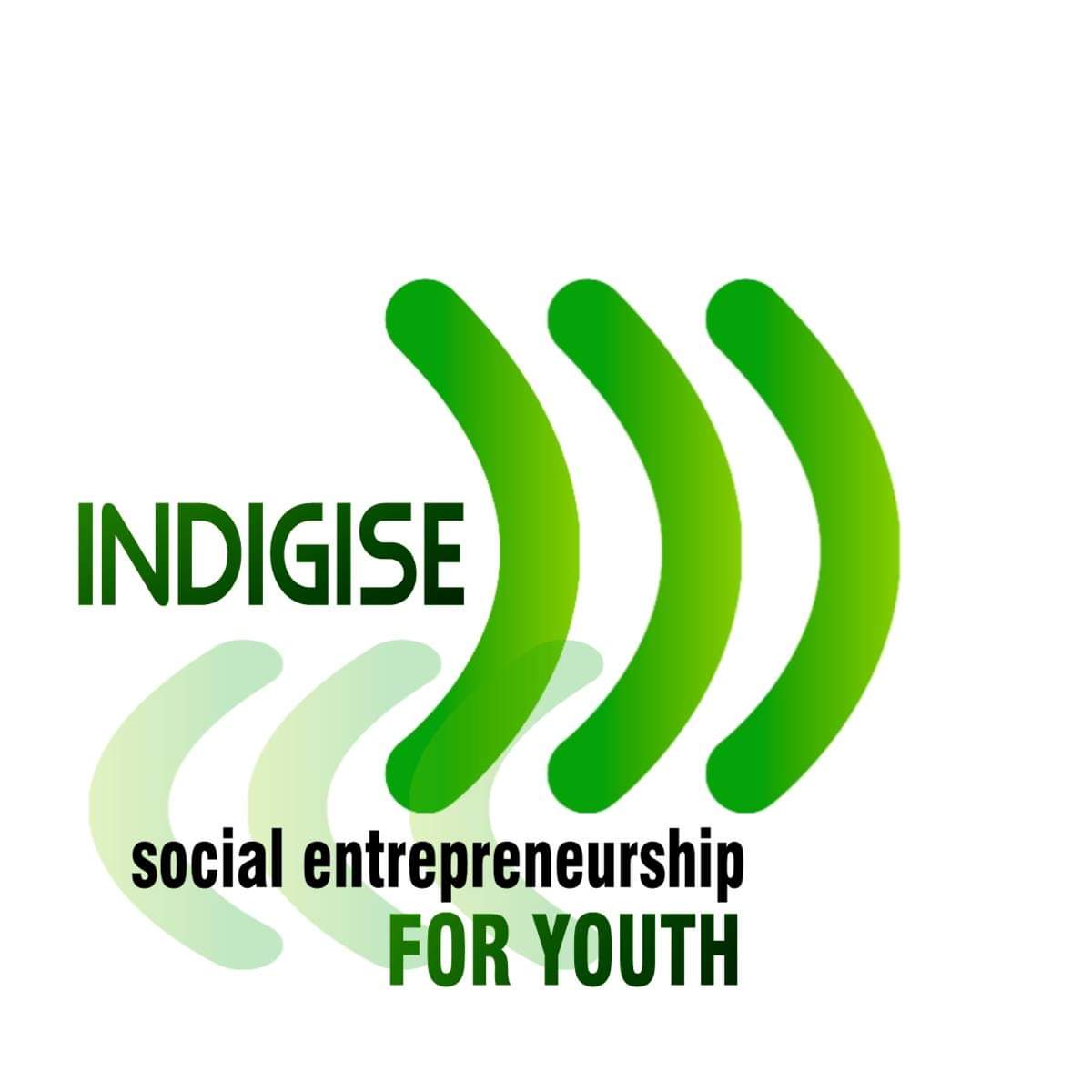

This publication has been prepared within INDIGISE project. The content of this publication is the sole responsibility of the project coordinator and may not always reflect the views of the European Commission or the National Agency.
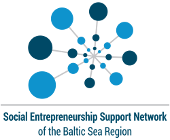
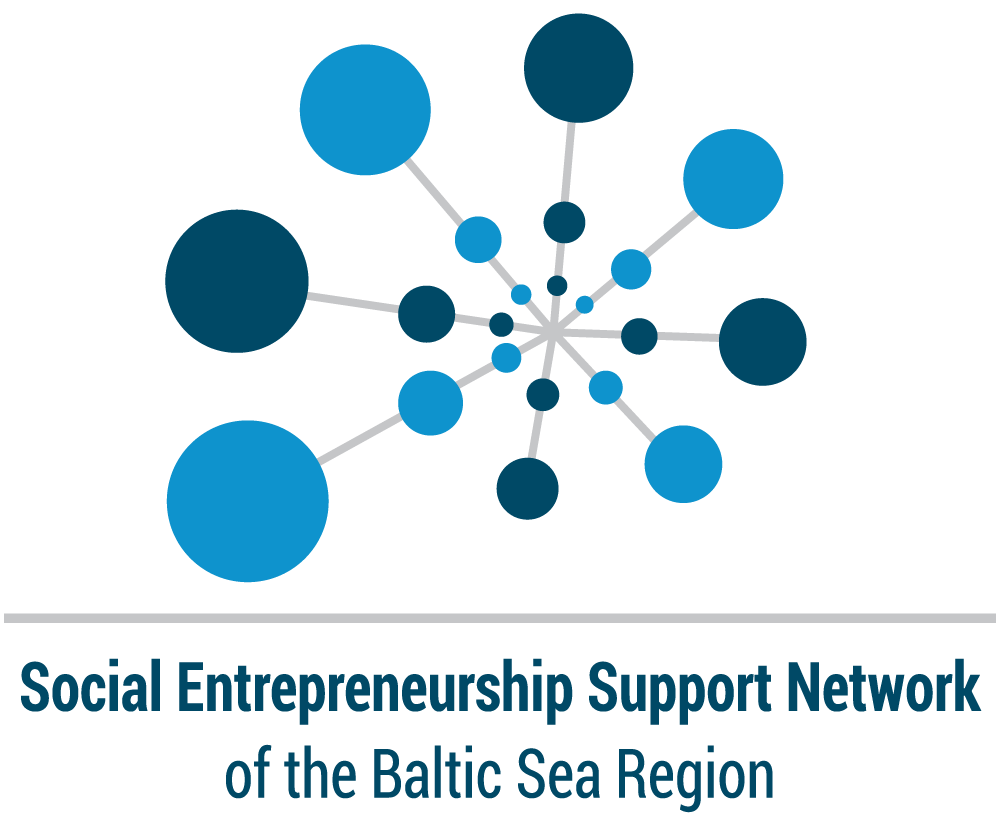




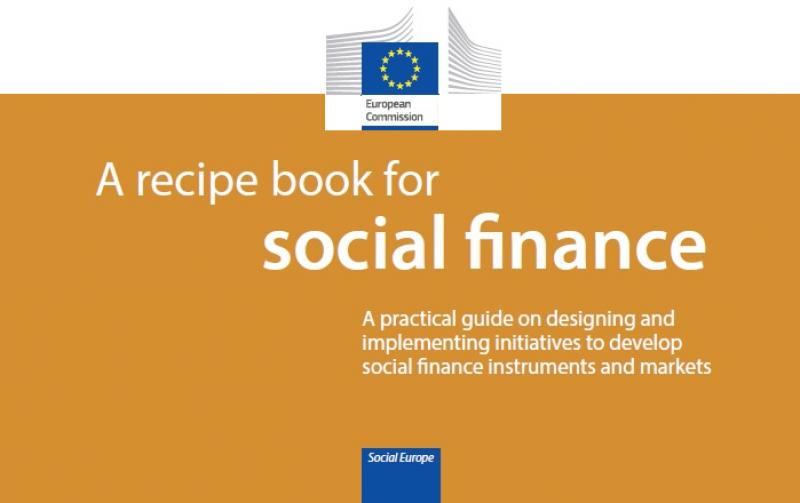
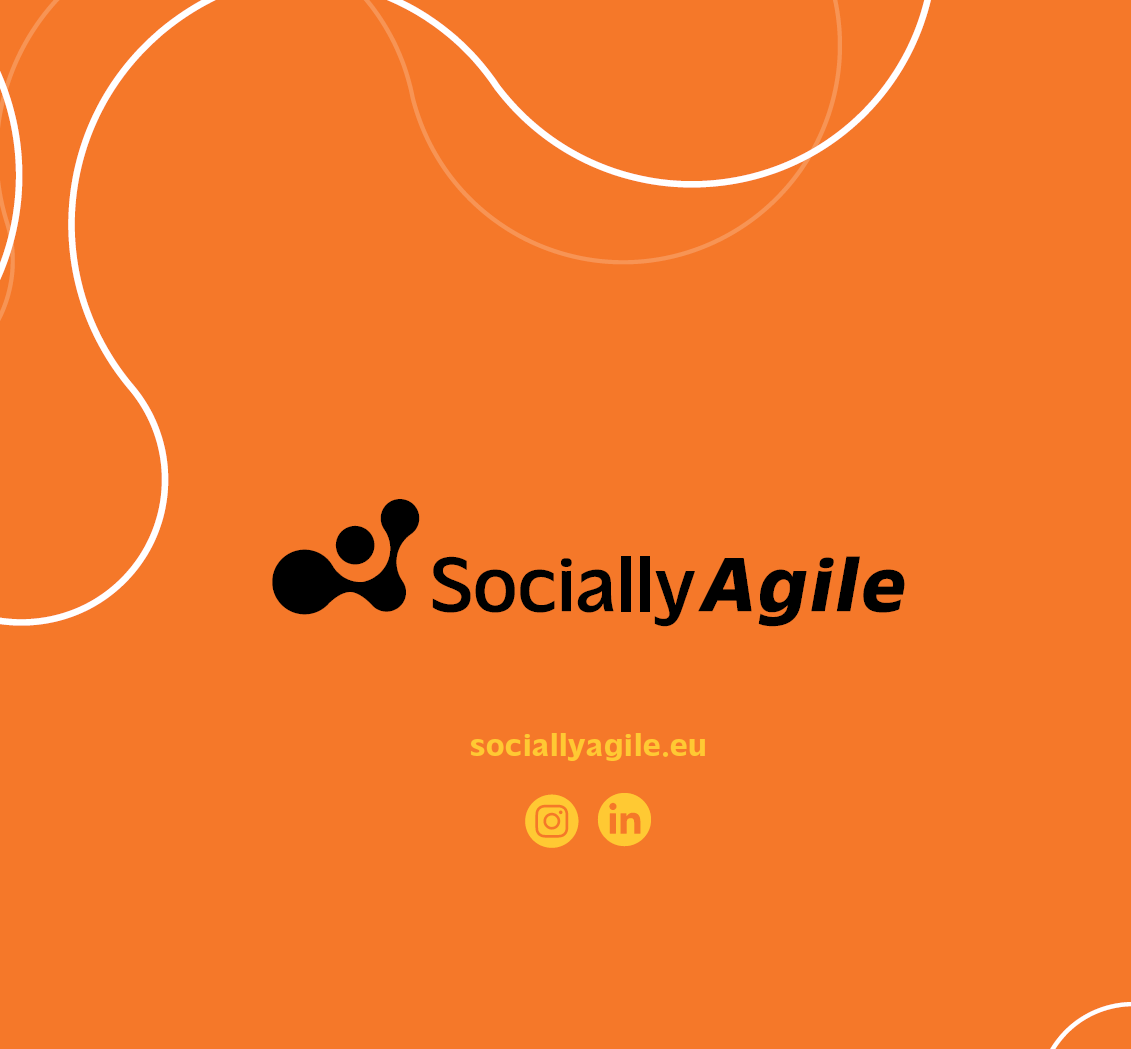
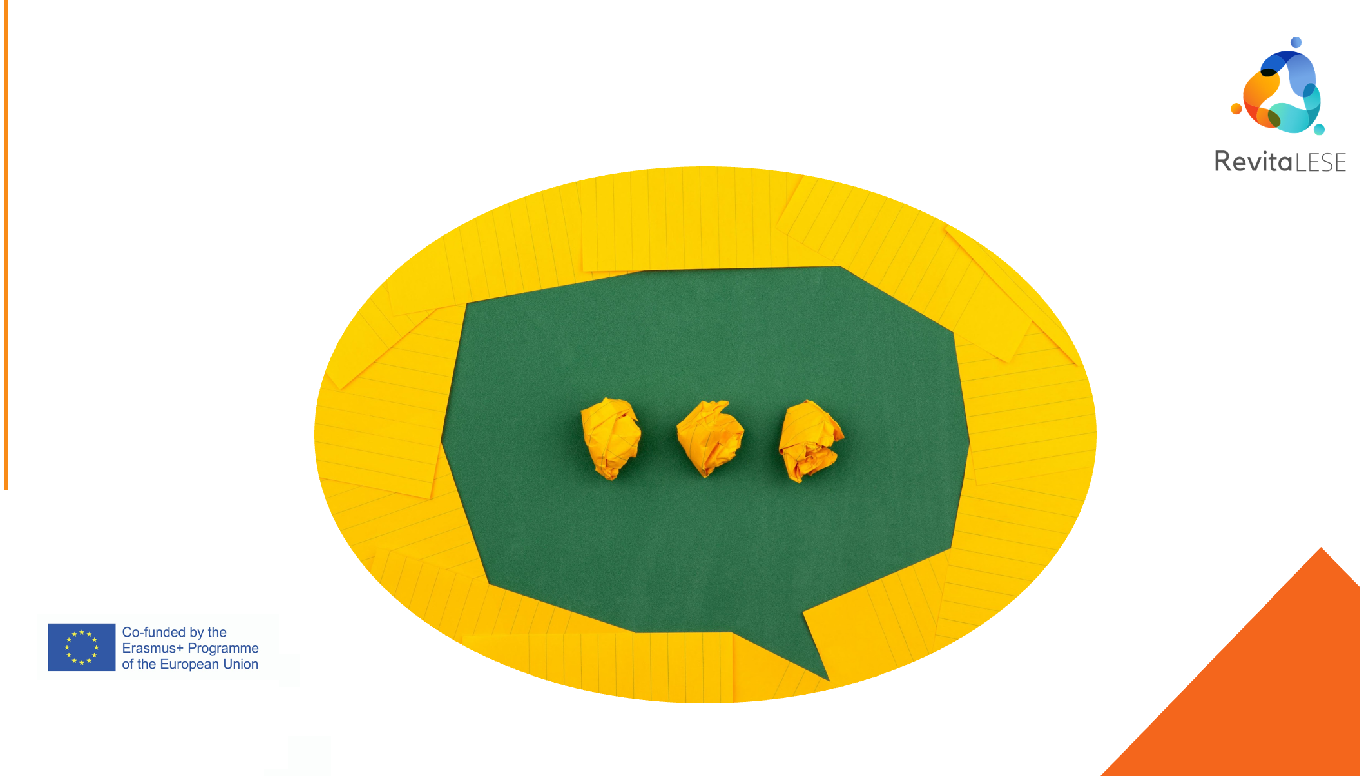




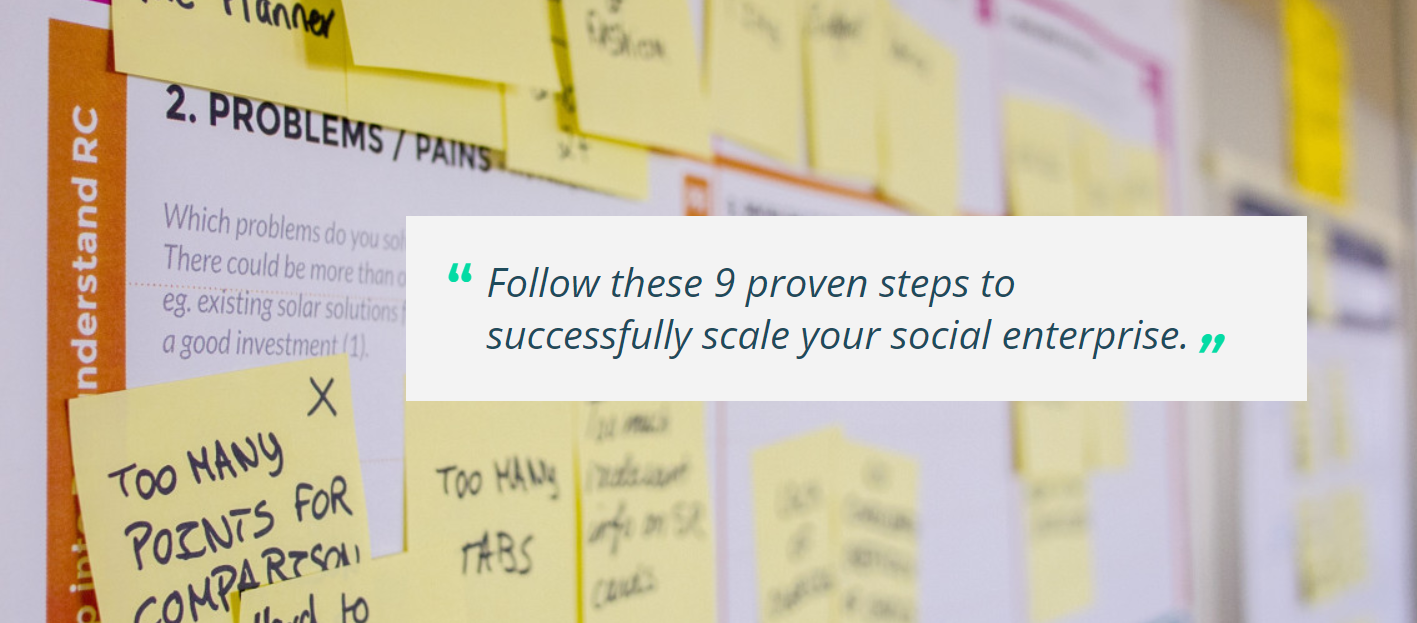

Leave A Comment